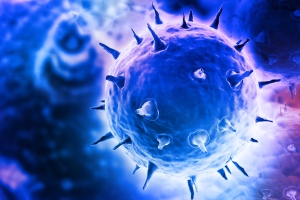Vitamin C: Know The Differences And Understand The Synergy
Vitamin C is a vital nutrient for human health and survival. It is not only a powerful antioxidant and immune booster, but it also supports collagen connective tissue formation and builds extracellular matrix, which is the “glue” that binds the body’s cells together. It is important for faster wound healing and prevention of various chronic conditions. Optimum amounts of vitamin C effectively protect the body and cardiovascular system against biological rusting. Additionally, there are several other important functions of vitamin C. It is a cofactor for a series of biological enzymes, which are important for the improved metabolism of cholesterol, triglycerides and other risk factors of heart disease. It is an important energy molecule needed to recharge energy carriers inside the cells. Vitamin C is essential for production of carnitine, the molecule that carries fatty acids into the mitochondria for energy production. It participates in biological recycling of vitamin E, glutathione and many other cell protective molecules, and when taken together with calcium, it increases calcium absorption. Vitamin C neutralizes various toxins in the body, and protects healthy cells from harmful substances and the effects of many pharmaceutical drugs.
Our Body Shows Us How To Fight Cancer: Part 2
In the last Health Science News Page, we elaborated on the important role of lipoprotein (a), or Lp (a), acting as a surrogate for vitamin C. Lp (a) is a sticky molecule that contains a large protein chain called apolipoprotein(a) or apo(a) attached to a molecule of low-density lipoprotein (LDL). As such, the Lp (a) helps in transporting cholesterol and triglycerides in the body. In addition, the presence of apo(a) gives this molecule other distinct features such as its ability to “stick” to collagen and other structural proteins and to facilitate blood clotting. Lp (a) is found only in humans and animals that do not produce their own vitamin C, and its appearance in human metabolism coincides with a loss of vitamin C production in the ancestors of man. Today, the only reasonable explanation for these events remains Dr. Rath’s discovery that Lp (a) is a functional substitute for vitamin C as a temporary “repair factor” for damaged blood vessels caused by chronic deficiency of vitamin C.

